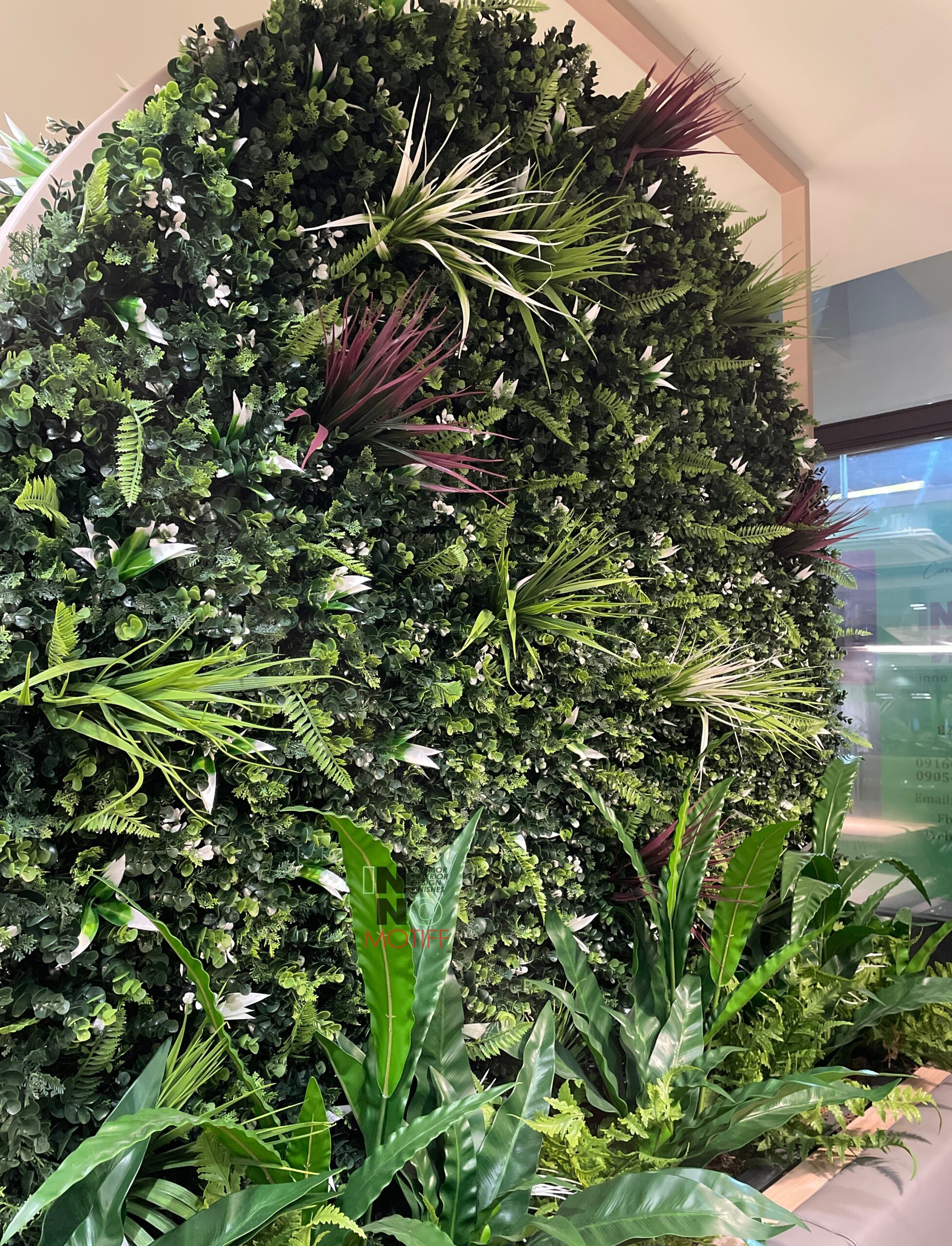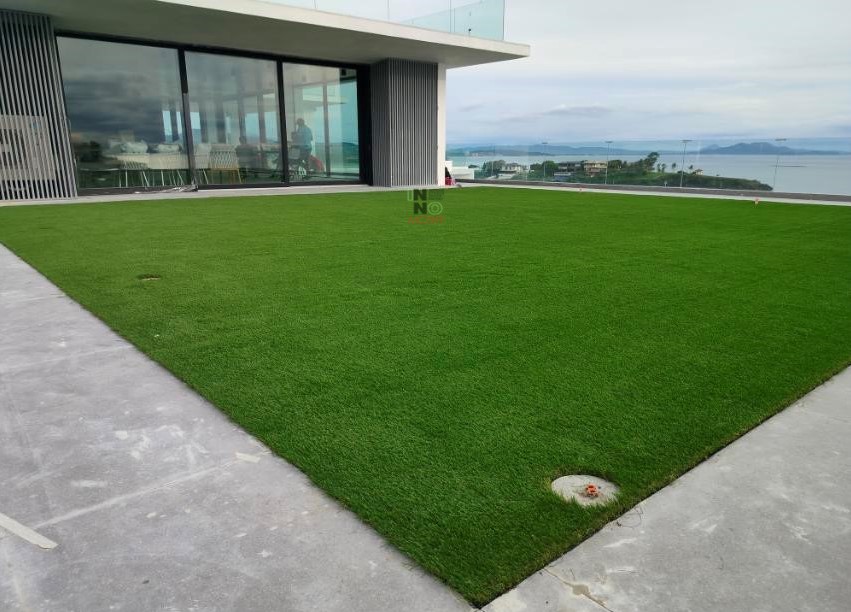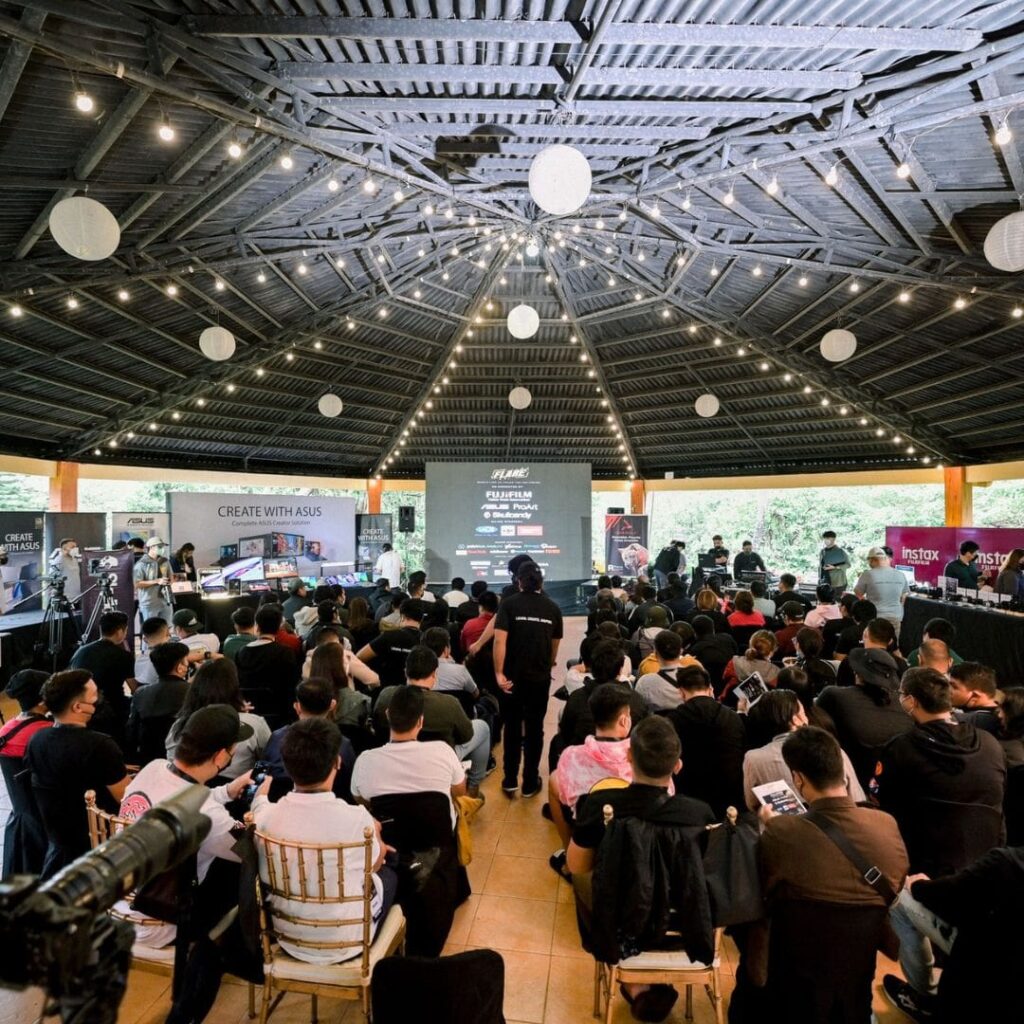Understanding Synthetic Plants
Synthetic plants are carefully crafted replicas of real greenery designed to bring the beauty of nature indoors and outdoors without the challenges of maintenance. Made from materials like plastic, silk, polyester, or hybrid blends, modern synthetic plants are nearly indistinguishable from living plants in terms of color, texture, and structure. Advanced manufacturing techniques allow leaves to have realistic veining, stems to have natural flexibility, and even flowers to capture subtle gradients seen in nature. Unlike traditional fake plants that looked stiff and artificial, today’s synthetic plants are soft, vibrant, and versatile. They are perfect for spaces where live plants may struggle due to low light, irregular watering schedules, or indoor pollution. Synthetic plants also allow for creative freedom, as they are available in species that may be difficult or impossible to grow locally. They serve as a practical and decorative solution for anyone looking to enjoy greenery without daily care demands.
Benefits of Using Synthetic Plants
One of the primary advantages of synthetic plants is their extremely low maintenance. Unlike live plants, they do not require watering, pruning, fertilizing, or sunlight to thrive, making them ideal for busy professionals, office spaces, or commercial settings. Their appearance remains consistent throughout the year, eliminating the risk of wilted or dying foliage that can disrupt aesthetics. Synthetic plants are also allergy-friendly since they do not release pollen, making them suitable for homes or workplaces with sensitive individuals. They offer versatility in placement, thriving equally well in dimly lit corners, high-traffic areas, or even outdoor patios when weather-resistant. Over time, synthetic plants can be more cost-effective than live plants, as they do not require ongoing care, replacements, or plant medications. Additionally, they allow people to experiment with greenery in ways that may not be possible with live plants, such as creating large decorative installations or unique combinations of exotic species.
Types of Synthetic Plants for Different Spaces
Synthetic plants come in a wide range of styles, sizes, and purposes, making it easy to choose the perfect option for any environment. Indoor options include potted plants, hanging vines, tabletop succulents, and decorative artificial flowers, all designed to enhance home or office interiors. Outdoor synthetic plants can be weatherproof, UV-resistant, and suitable for patios, balconies, gardens, or commercial landscapes. Popular varieties include ferns, palms, succulents, flowering plants, and bonsai trees, each crafted to replicate natural features convincingly. They can also be arranged in decorative planters, wall-mounted installations, or elaborate artificial trees to create visual impact. Some synthetic plants are designed to be modular, allowing for easy rearrangement and customization of plant arrangements. Whether the goal is to brighten a cozy living room or add lush greenery to a corporate space, synthetic plants offer flexibility and style.
Designing with Synthetic Plants
Incorporating synthetic plants into interior design can transform any space into a vibrant and inviting environment. They complement modern, minimalist, traditional, or eclectic decor styles, adding color, texture, and visual interest. Strategic placement can highlight architectural features, create focal points, or enhance areas that lack natural light. Pairing artificial plants with furniture, rugs, and other decor elements helps create a cohesive and aesthetically pleasing space. Layering different plant types, such as tall leafy trees with smaller succulents or flowers, can mimic natural growth patterns and bring a sense of depth to interiors. Even in commercial settings like lobbies, restaurants, or offices, synthetic plants can improve ambiance, making spaces feel more welcoming and lively. Using realistic planters and containers can further enhance the authenticity of synthetic greenery, blending it seamlessly into any environment.
Maintenance and Care Tips
While synthetic plants are low-maintenance, they still benefit from occasional care to maintain their vibrant appearance. Dust can accumulate on leaves and stems, making plants look dull, so regular cleaning with a soft cloth, brush, or mild soap solution is recommended. Outdoor synthetic plants may need protection from harsh weather conditions such as extreme sun or heavy rain to prevent fading or material degradation. Avoiding direct sunlight on delicate artificial flowers can prolong color vibrancy and prevent fading. If synthetic plants are used in high-traffic areas or near pets, gentle handling is essential to prevent tearing or deformation. Some artificial plants can be “revived” by lightly reshaping leaves or spraying with water to restore a natural look. By following these simple steps, synthetic plants can retain their realistic charm for many years, providing a consistent, lush appearance with minimal effort.
Environmental and Ethical Considerations
Although synthetic plants are made from non-biodegradable materials, there are ways to make their use more environmentally responsible. Choosing products made from recyclable or sustainably sourced materials can reduce environmental impact. By opting for synthetic alternatives, individuals help reduce over-harvesting of rare or delicate plant species, protecting biodiversity. For large-scale projects, using high-quality synthetic plants that last for decades can be more sustainable than constantly replacing live plants. Balancing aesthetics with eco-conscious practices ensures that synthetic greenery contributes positively to both indoor environments and the broader ecosystem. Additionally, some manufacturers now offer eco-friendly options with biodegradable components, combining durability with sustainability. Ethical sourcing and long-term usage of synthetic plants make them a viable solution for modern interior design without compromising environmental values.
Choosing the Right Synthetic Plants for Your Needs
Selecting the ideal synthetic plants requires careful consideration of space, lighting, design goals, and budget. Statement pieces like tall artificial trees or large floral arrangements can create focal points, while smaller plants complement shelves, desks, or countertops. Evaluating quality is essential, as higher-end synthetic plants tend to feature more realistic textures, colors, and structural details. Consider the scale and proportion of plants relative to the room to avoid overcrowding or imbalance. Outdoor synthetic plants require UV resistance and weatherproofing to maintain longevity, while indoor plants benefit from versatile designs that can be rearranged as needed. Trusted brands and reputable suppliers often provide warranties or quality guarantees, giving buyers peace of mind. By aligning design preferences with practical needs, synthetic plants can elevate any space while offering lasting convenience and beauty.
FAQ
Are synthetic plants suitable for outdoor use?
Yes, many synthetic plants are designed for outdoor use with UV-resistant materials and weatherproof finishes. These plants can withstand sun, rain, and wind while maintaining their vibrant appearance.
How do I make artificial plants look more realistic?
Place plants in natural groupings, use decorative soil or moss in pots, and choose containers that complement the plant style. Layering different heights and textures can also enhance realism.
Can synthetic plants help improve air quality?
Unlike live plants, synthetic plants do not purify the air. Their value lies primarily in aesthetics, decor, and low-maintenance greenery.
How long do synthetic plants typically last?
High-quality synthetic plants can last for many years, often decades, with proper care and minimal exposure to harsh conditions.
Are synthetic plants safe for pets and children?
Most synthetic plants are non-toxic and safe for children and pets. It is important to check product labels, especially for small parts that could pose a choking hazard.











